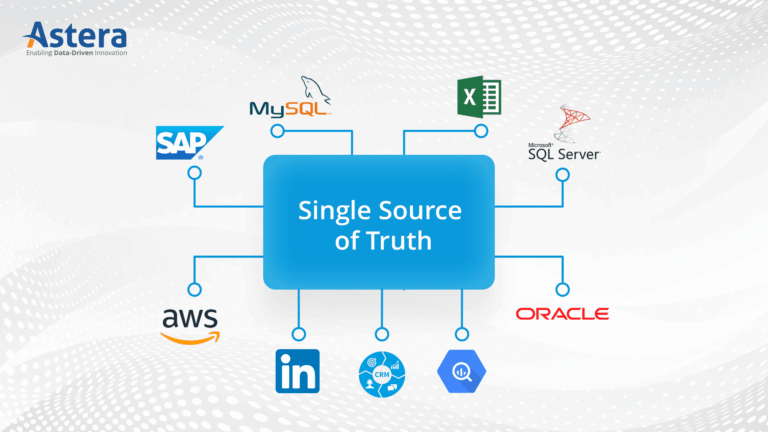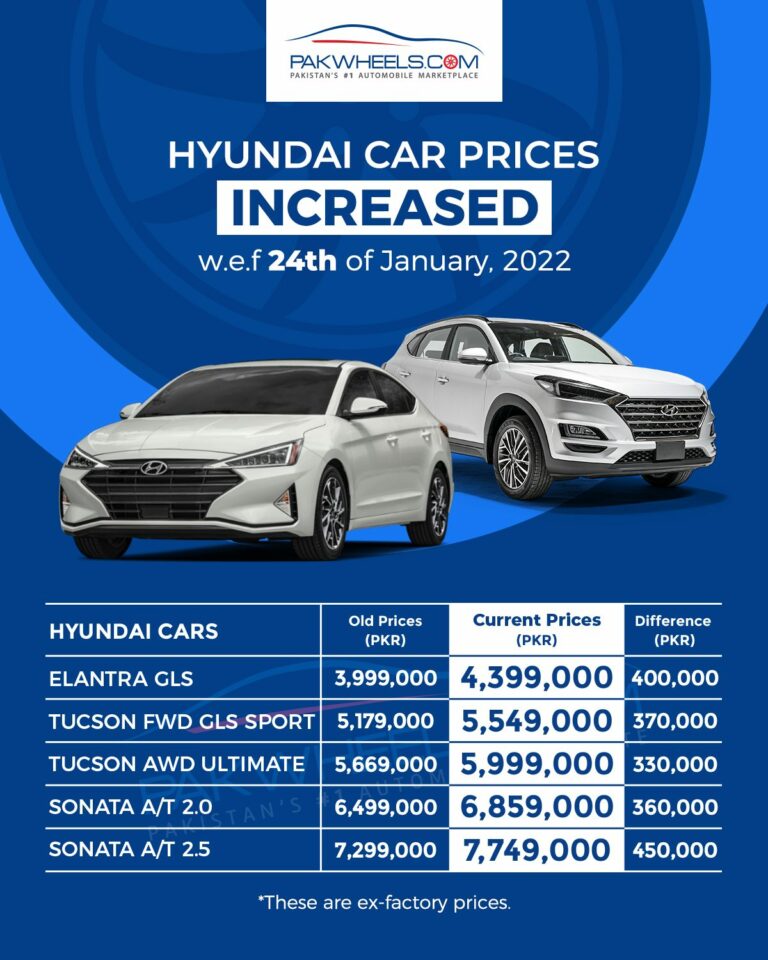Beyond the Beaten Path: Exploring the World of Non-Popular Car Brands
Beyond the Beaten Path: Exploring the World of Non-Popular Car Brands cars.truckstrend.com
In a world dominated by automotive giants like Toyota, Volkswagen, and General Motors, where millions of vehicles roll off assembly lines each year, there exists a fascinating, often overlooked universe of "non-popular" car brands. These aren’t necessarily bad cars; quite the opposite. They represent a diverse spectrum of niche manufacturers, boutique workshops, and innovative startups that, for various reasons, operate outside the mainstream. Exploring these brands isn’t just about finding an alternative mode of transport; it’s about discovering unique engineering, bespoke craftsmanship, unparalleled individuality, and often, a passionate connection to the art of driving.
This comprehensive guide will delve into what defines these non-popular car brands, why they hold a unique appeal, the important considerations before venturing into this niche market, and practical advice for those seeking to own something truly distinctive.
Beyond the Beaten Path: Exploring the World of Non-Popular Car Brands
What Defines a "Non-Popular" Car Brand?
The term "non-popular" isn’t a judgment of quality or capability, but rather a descriptor of market visibility and sales volume. A non-popular car brand typically exhibits one or more of the following characteristics:
- Lower Production Volume: Unlike mass-market manufacturers, these brands often produce hundreds, or even dozens, of vehicles annually, sometimes even less.
- Limited Distribution & Marketing: They rarely have vast dealership networks or multi-million dollar advertising campaigns. Sales often occur through specialized dealers, direct orders, or international importers.
- Niche Target Audience: Their vehicles are designed for a very specific segment of the market – be it hypercar enthusiasts, track-day purists, luxury collectors, or early adopters of cutting-edge technology.
- Regional or Historic Focus: Some brands might be immensely popular within their home country but virtually unknown elsewhere, or they are historic marques undergoing a niche revival.
- Specialized Focus: Many non-popular brands excel in one particular area, such as extreme performance, bespoke luxury, off-road capability, or unique electric vehicle architecture, rather than trying to appeal to a broad consumer base.
- New Market Entrants: Startups, especially in the EV space, begin as non-popular until they scale production and gain widespread recognition.

Examples include the exquisite hypercars from Koenigsegg and Pagani, the retro-futuristic charm of Morgan, the raw performance of Caterham and Ariel, the emerging electric trucks and SUVs from Rivian (though rapidly gaining popularity), the rugged utility of Ineos Grenadier, and the elegant sports cars from a revived Alpine.
The Allure of the Unconventional: Why Choose a Non-Popular Brand?
Opting for a car from a lesser-known brand offers a compelling array of benefits that mainstream vehicles often cannot match:
- Individuality & Exclusivity: In a sea of common models, owning a non-popular car guarantees you’ll stand out. It’s a statement of personal taste and a desire to own something truly unique.
- Unique Engineering & Design: Free from the constraints of mass-market appeal, these brands often push the boundaries of design and engineering. You’ll find distinctive aesthetics, innovative materials, and bespoke craftsmanship not typically seen in high-volume production.
- Performance & Specialization: Many non-popular brands are born from a singular vision for extreme performance, unparalleled luxury, or specific utility. They are often uncompromised in their pursuit of excellence in their chosen niche.
- Potential for Investment/Collector’s Value: While not guaranteed, the rarity and unique nature of some non-popular models can lead to appreciation in value over time, especially for limited editions or historically significant marques.
- Direct Customer Relationship: Smaller companies often foster a more personal connection with their clients. You might find direct access to the brand’s designers, engineers, or even founders, leading to a highly personalized ownership experience.
- Supporting Innovation & Craftsmanship: By choosing a non-popular brand, you’re often supporting smaller teams of dedicated artisans and engineers who are passionate about their craft and pushing the automotive industry forward in new and exciting ways.
Navigating the Niche Market: Important Considerations Before Buying
While the allure is strong, purchasing a non-popular car brand requires careful consideration due to their inherent differences from mainstream vehicles.
- Availability & Distribution: Dealerships are scarce, if they exist at all. You might need to travel significant distances, import a vehicle, or order directly from the manufacturer.
- Maintenance & Parts: This is perhaps the biggest challenge. Parts can be rare, expensive, and require long lead times. Finding mechanics qualified to work on specialized vehicles can also be difficult, often requiring a visit to a brand specialist or a highly experienced independent garage.
- Resale Value: This is a double-edged sword. Some rare models can appreciate significantly, while others might depreciate faster due to a limited buyer pool and lack of brand recognition. Research specific models thoroughly.
- Insurance: Due to rarity, specialized parts, and often high performance, insurance premiums can be significantly higher. Always get quotes before committing to a purchase.
- Reliability & Support: Smaller companies might have less extensive R&D or customer support networks compared to automotive giants. Thorough research into owner forums and independent reviews is crucial to understand potential issues.
- Practicality: Many non-popular cars are highly specialized (e.g., track-focused, hypercars) and not designed for daily driving, comfort, or practicality.
- Financing: Securing traditional financing for very rare or expensive non-popular cars might be more challenging, sometimes requiring specialized lenders.
Types and Categories of Non-Popular Car Brands
The world of non-popular car brands is diverse, spanning several distinct categories:
- Hypercar/Supercar Manufacturers: These brands focus on extreme performance, cutting-edge technology, and unparalleled exclusivity. They often boast multi-million dollar price tags and limited production runs.
- Examples: Koenigsegg (Sweden), Pagani (Italy), Rimac (Croatia), SSC North America (USA).
- Boutique Luxury & Grand Tourers: Emphasizing bespoke craftsmanship, unique aesthetics, and a luxurious driving experience, these cars are often hand-built and blend classic charm with modern engineering.
- Examples: Morgan (UK), Wiesmann (Germany – defunct but with strong used market), Spyker (Netherlands – historic).
- Specialized Performance/Track Cars: Designed for raw driving enjoyment, these vehicles prioritize lightweight construction, agility, and a direct connection to the road, often sacrificing comfort and practicality.
- Examples: Caterham (UK), Ariel (UK), Radical (UK).
- Emerging EV Innovators: New companies entering the electric vehicle market with unique designs, advanced battery technology, or novel vehicle categories. While some are rapidly gaining traction, they start as niche players.
- Examples: Rivian (USA), Lucid Motors (USA), Canoo (USA).
- Historic Brands with Niche Revival/Regional Focus: Marques with a rich heritage that have been revived or continue to operate with a strong regional following, often producing limited models that tap into nostalgia or specific performance niches.
- Examples: Alpine (France), Lancia (Italy – highly regionalized current lineup), TVR (UK – attempting revival).
- Niche Utility/Off-Road Specialists: Brands focusing on extreme off-road capability, ruggedness, or highly specific utility purposes, often with a distinctive, no-nonsense design.
- Examples: Ineos Grenadier (UK).
Practical Advice for Exploring and Acquiring
If you’re considering a foray into the world of non-popular car brands, here’s some actionable advice:
- Thorough Research is Paramount: Don’t rely on mainstream reviews. Dive deep into owner forums, specialized automotive publications, and independent mechanic reviews specific to the brand and model you’re interested in. Understand common issues and ownership costs.
- Seek Out Specialist Dealers/Importers: For new vehicles, identify authorized dealers or reputable importers. For used vehicles, work with brokers or auction houses specializing in high-end or rare cars.
- Test Drive, Test Drive, Test Drive: If at all possible, experience the vehicle firsthand. Many non-popular cars have unique driving dynamics that may not suit everyone. Attend owner meets or specialized events if direct dealer access is difficult.
- Pre-Purchase Inspection (PPI) is Non-Negotiable: For used vehicles, arrange for a comprehensive PPI by a mechanic highly familiar with the specific brand and model. This can uncover hidden issues that might be very costly to fix.
- Budget for Maintenance and Parts: Assume higher costs for routine maintenance and significantly higher costs for unexpected repairs. Factor in potential shipping costs for parts from abroad.
- Secure Insurance Quotes Early: Before committing to a purchase, get firm insurance quotes. Some specialist insurers might be required.
- Understand Resale Dynamics: Be prepared for a potentially smaller market if you decide to sell. While some models appreciate, others may require patience to find the right buyer.
- Connect with Owner Communities: Online forums and owner clubs are invaluable resources for advice, support, and even finding parts or specialist mechanics. These communities are often passionate and welcoming.
Table Price: Illustrative Price Ranges for Categories of Non-Popular Car Brands
It’s impossible to provide a universal "price table" for all non-popular brands due to their immense diversity, limited production, and varying market conditions. However, this table provides illustrative price ranges and key value propositions for different categories to give you an idea of the investment involved.
| Category of Non-Popular Brand | Typical Price Range (USD) | Key Value Proposition | Illustrative Examples | Important Ownership Considerations |
|---|---|---|---|---|
| Ultra-Luxury / Hypercar | $1,000,000 – $5,000,000+ | Extreme performance, bespoke craftsmanship, exclusivity, art-level design, potential collector’s item. | Koenigsegg, Pagani, Rimac | Very high maintenance, limited dealer network, specialized insurance, significant depreciation/appreciation potential. |
| Boutique Sports Car / GT | $100,000 – $400,000 | Unique design, hand-built quality, engaging driving experience, heritage, individuality. | Morgan, Wiesmann (used), TVR (new/used), Spyker (used) | Parts availability, specialized mechanics, potentially quirky reliability, niche resale market. |
| Emerging EV Innovators | $70,000 – $200,000 | Cutting-edge technology, unique form factors, strong performance, sustainability focus, potential for future growth. | Rivian, Lucid, Canoo (future) | New company risks, evolving software/tech, limited service infrastructure, rapid depreciation of early models. |
| Track-Focused / Lightweight | $50,000 – $150,000 | Pure driving experience, extreme lightweighting, raw performance, minimalist design. | Caterham, Ariel, Radical | Not practical for daily driving, high wear on consumables, specialized setup/tuning, very niche resale. |
| Niche Utility / Off-Road | $70,000 – $150,000 | Extreme off-road capability, rugged durability, specific utility focus, unique aesthetic. | Ineos Grenadier | Fuel efficiency, comfort compromises, specialized parts, new market entry risks. |
| Revived/Regional Heritage | $40,000 – $100,000 | Nostalgia, specific market appeal, unique design language, focus on driving pleasure over tech. | Alpine, Lancia (older/specific models), Abarth (niche variants) | Limited market outside region, parts for older models, potential for mixed reliability. |
Disclaimer: Prices are approximate and can vary wildly based on model, trim, condition (new/used), market demand, and customization. This table is for illustrative purposes only and does not reflect actual current market values for every specific model.
Conclusion
The realm of non-popular car brands is a vibrant testament to the diversity and passion within the automotive industry. While they present unique challenges in terms of acquisition, maintenance, and ownership, the rewards – from unparalleled individuality and bespoke engineering to the sheer joy of driving something truly special – can be immensely satisfying. For those willing to venture beyond the familiar, these hidden gems offer a captivating journey into the heart of automotive artistry and innovation, reminding us that the best experiences often lie just off the beaten path.
Frequently Asked Questions (FAQ)
Q1: Are non-popular cars less reliable than mainstream brands?
A1: Not necessarily. Reliability varies greatly from brand to brand. Some smaller manufacturers prioritize meticulous hand-building and use proven components, while others might be new and still refining their processes. Thorough research into specific models and owner experiences is crucial.
Q2: Is it difficult to find parts for non-popular cars?
A2: It can be. Parts might be custom-made, sourced from specialist suppliers, or imported, leading to higher costs and longer wait times. Building a relationship with a knowledgeable independent mechanic or connecting with owner communities is highly beneficial.
Q3: Do non-popular cars hold their value well?
A3: It varies significantly. Some limited-production models, especially hypercars or those with strong collector appeal, can appreciate. Others, due to limited demand and brand recognition, might depreciate faster than mainstream vehicles. Always research the specific model’s market trends.
Q4: Where can I buy a non-popular car?
A4: Options include specialist dealerships, direct from the manufacturer (especially for new bespoke models), reputable importers, high-end classic car auctions, or through private sales facilitated by owner communities or brokers.
Q5: Will insurance be more expensive for a non-popular car?
A5: Typically, yes. Due to rarity, specialized parts, and often higher performance, insurance premiums tend to be higher. You may need to seek out specialist insurance providers who understand the unique aspects of these vehicles.
Q6: Are non-popular cars practical for daily driving?
A6: Most are not. Many non-popular cars are highly specialized (e.g., track-focused, hypercars) and designed for specific driving experiences rather than daily commuting or practicality. Comfort, cargo space, and fuel efficiency are often secondary considerations.
Q7: How do I find a mechanic for a non-popular car?
A7: Your best bet is to find independent garages that specialize in exotic, classic, or performance vehicles. Owner forums and brand-specific communities are excellent resources for recommendations on trusted mechanics. Some brands might have a very limited number of authorized service centers.




